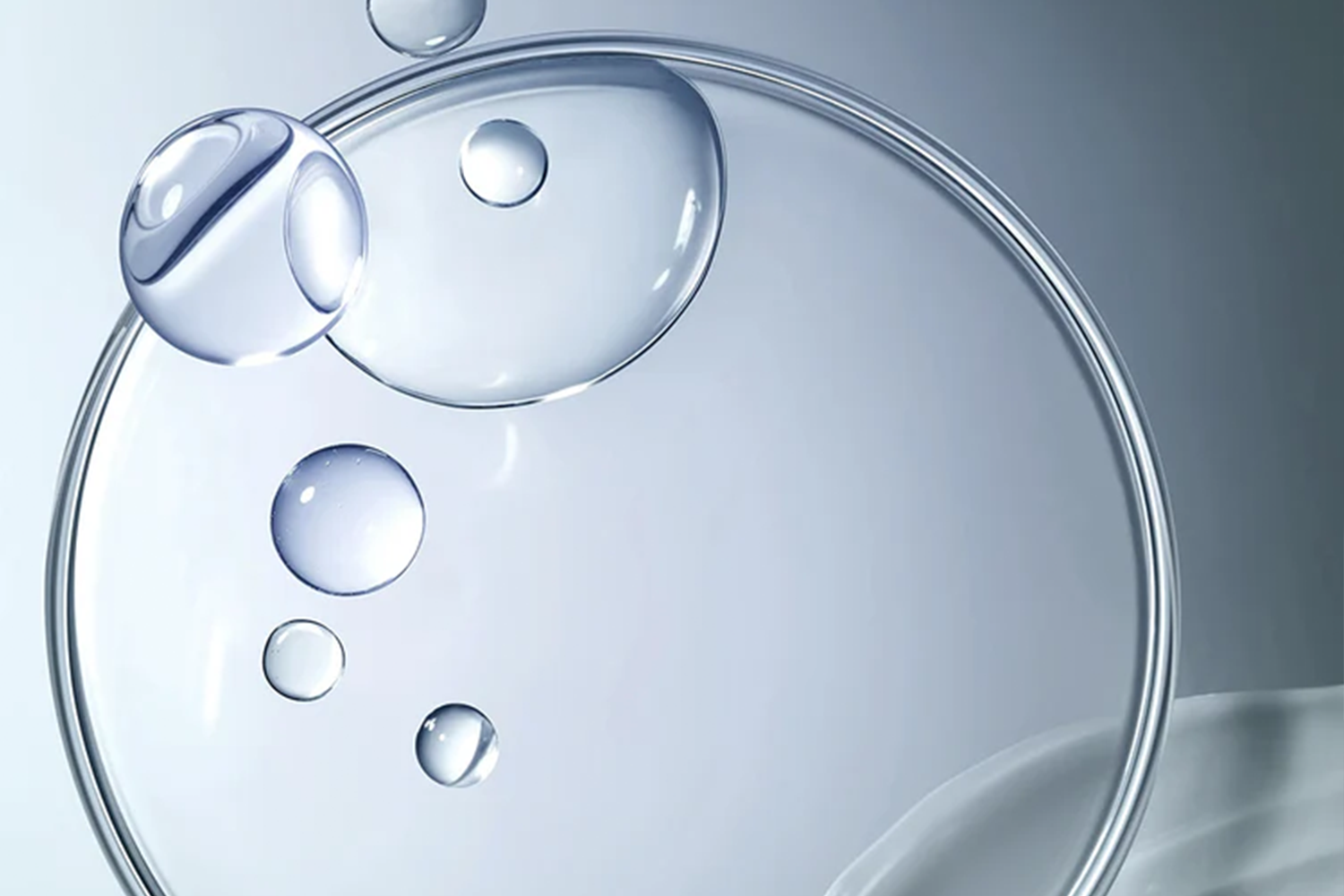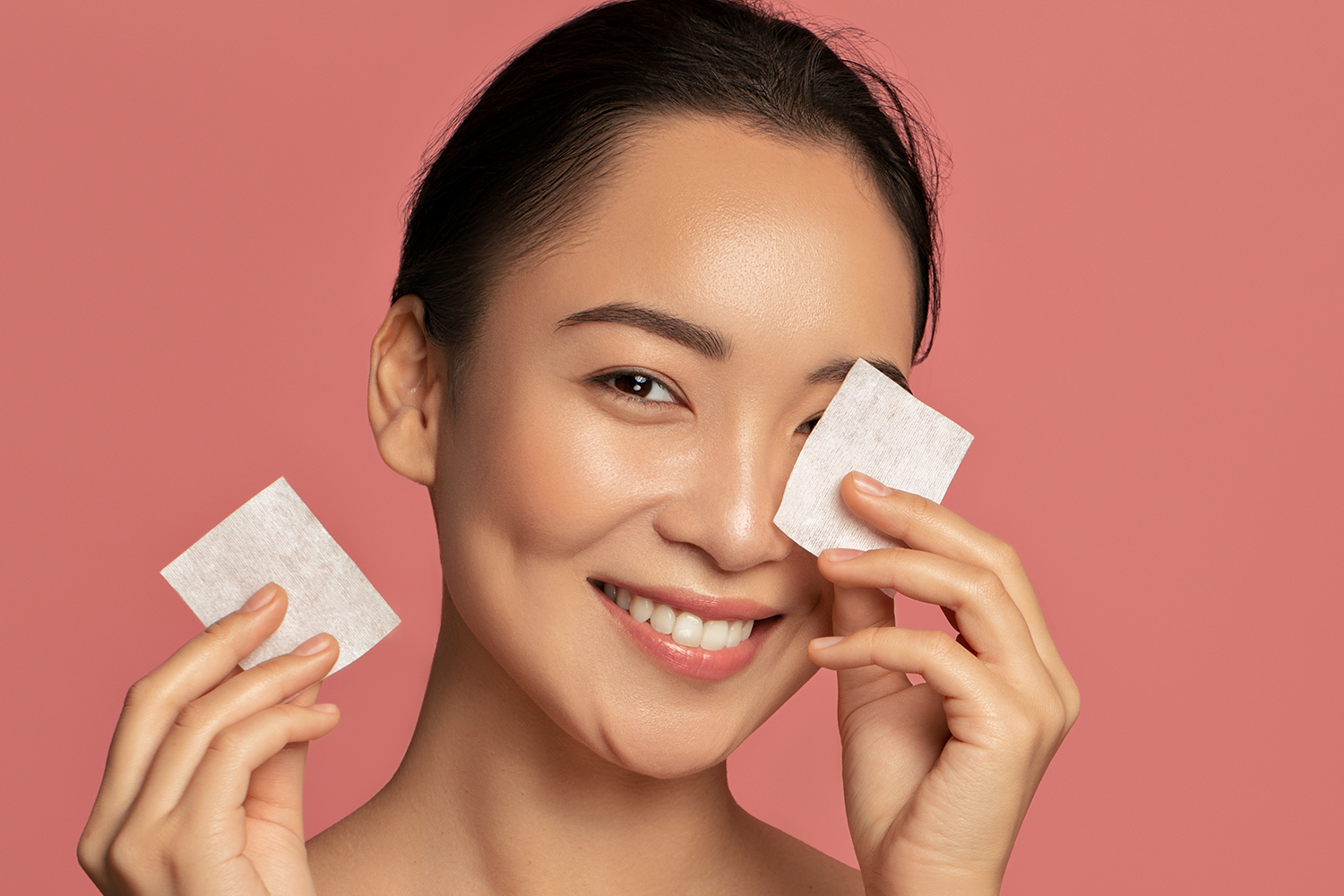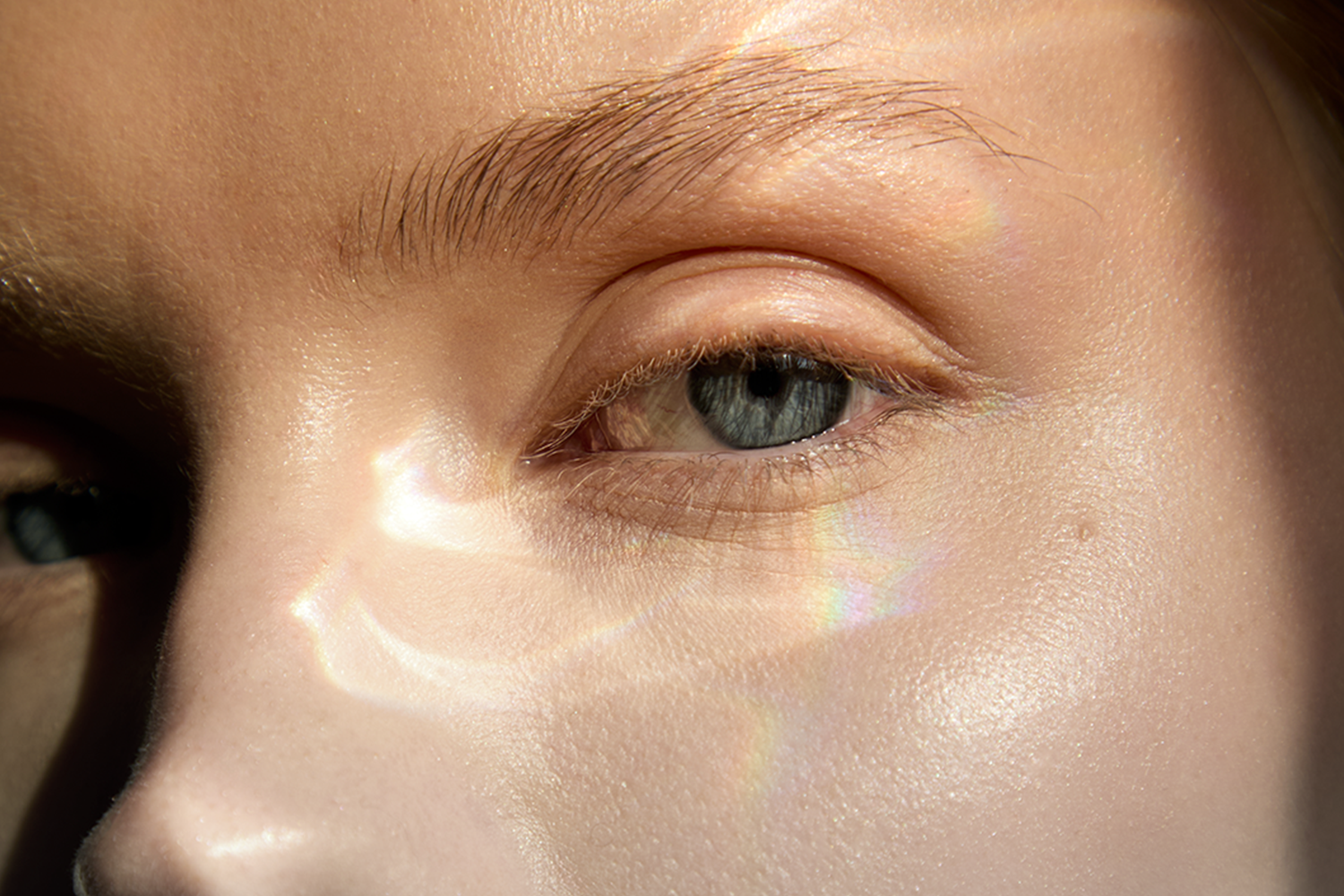From beauty editors to dermatologists to your friend who suddenly has that glow, microneedling has carved out a name for itself in the world of skin regeneration. It’s effective, no doubt. Tiny needles create micro-injuries in the skin, stimulating collagen and kickstarting the healing process.
That’s where exosomes come in. Tiny cellular messengers that are rewriting the future of skincare!
In this blog, we’ll explore how microneedling works, what exosomes are, and why the two together make one of the most transformative pairings in regenerative aesthetics.
To learn more about exosomes check out our blog: What Are Exosomes and Why Are They Revolutionizing Skincare?
What Is Microneedling and Why Is It So Popular?
Microneedling isn’t new, but it’s having a moment, and for good reason. At its core, it’s a simple concept: using tiny, ultra-fine needles to create micro-injuries on the surface of the skin. These injuries aren’t meant to damage, but to trigger a healing response. Think of it as controlled chaos—just enough to wake the skin up and say, “Hey, it’s time to regenerate.”
As the skin responds, it starts producing more collagen and elastin—the two structural proteins responsible for firmness, bounce, and that youthful, smooth texture we all crave. Over time, and especially with consistency, microneedling helps reduce the appearance of fine lines, acne scars, pigmentation, and even stretch marks.
If you want to learn more about exosomes and microneedling, you can check this article out.
Your Skin After Microneedling: The Healing Window
Microneedling might take only 20–40 minutes, but what it triggers in your skin lasts for days. After the needles have done their work, your skin enters what experts call the “healing window.” This is the sweet spot! Usually the first 24 to 72 hours post-treatment, when your skin is actively repairing itself.
It’s also when your skin is most receptive. The channels created by microneedling don’t just trigger regeneration; they temporarily make the skin more permeable. That means anything you apply during this time penetrates deeper, interacts more directly with skin cells, and potentially influences how the healing process unfolds.
And this is precisely where most routines fall short.
To learn more about microneedling aftercare, click here.
Traditional Post-Microneedling Serums
Walk into any clinic post-microneedling and you’ll likely hear this: “Just apply some hyaluronic acid and you’ll be fine.” And to be fair, it’s not wrong. Hyaluronic acid is deeply hydrating. Peptides? Great for surface repair.
But most of these ingredients don’t communicate with your skin. They don’t “instruct” your cells to behave differently. Instead, they offer support while the body does the hard work on its own. In some cases, that’s enough. But if you’ve ever felt like your microneedling results plateau too quickly, or that your skin is just...fine afterward, this could be why.
There’s a difference between supporting healing and directing it. And that’s the gap where exosomes quietly, but profoundly, change the game.
What Are Exosomes and Why Are They Different?
Imagine if your skin had its own internal messaging system—tiny couriers traveling between cells, delivering precise instructions like “produce more collagen here” or “calm the inflammation there.” That’s exactly what exosomes do.
Exosomes are nano-sized vesicles naturally released by cells. Think of them as text messages between skin cells—except instead of emojis, they carry powerful growth factors, proteins, lipids, and genetic material. Their job? To guide other cells on how to repair, regenerate, and function more effectively.
What makes them unique is that they don’t simply add ingredients to your skin—they instruct your skin to behave differently from the inside out. While hyaluronic acid hydrates, exosomes signal your fibroblasts to create more collagen. While peptides aim to boost elasticity, exosomes help coordinate the entire regeneration process. They work on a cellular level, not just a surface one.
This isn’t theoretical. Exosomes have been studied in wound healing, anti-aging, and even medical dermatology.
Why Microneedling + Exosomes = Regeneration on a Whole New Level
Microneedling is like opening a door. Exosomes are what walk through it—with blueprints, not band-aids.
When you combine microneedling with exosome-based post-care, something remarkable happens. The micro-channels created by the needles allow exosomes to penetrate deeper into the dermis—straight to where your skin cells are working overtime to repair themselves. But instead of leaving them to figure it out alone, exosomes deliver targeted instructions to help guide that process.
This isn’t just faster healing—it’s smarter healing.
Here’s what that looks like in practice:
• Reduced inflammation and redness in the hours after treatment.
• Shorter recovery time—skin feels calm and balanced, not raw and reactive.
• More effective collagen synthesis with deeper, more uniform regeneration.
• Brighter tone and smoother texture in less time than microneedling alone.
You may still experience some light peeling or sensitivity, but many users describe the post-exosome glow as next-level. The kind that makes people ask if you’ve had “something done,” without quite knowing what.
What to Expect from a Microneedling + Exosome Treatment
If you're considering adding exosomes to your microneedling session, it helps to know what the journey actually looks like—because it’s not just about faster healing; it’s about longer-lasting transformation.
Immediately after treatment, your skin might look a little flushed—like a sunburn, but less aggressive. That’s normal. Within the first week, you’ll likely notice a softness and suppleness that feels different from regular post-treatment moisturization.Your skin may start to glow.
Over the next 4–6 weeks, the deeper work happens. Collagen builds, pigmentation evens out, and that slight laxity around the mouth or eyes? It often tightens. And because exosomes also regulate melanin and inflammation, they’re incredibly helpful for those prone to hyperpigmentation or sensitive skin flare-ups post-procedure.
What skin concerns does this combo address best?
- Acne scars
- Uneven skin tone or texture
- Fine lines and wrinkles
- Post-inflammatory pigmentation
- Loss of firmness or dullness
In short, it’s ideal for anyone who wants results they can see—but who also values a regenerative, rather than aggressive, approach.
Why Morphiya Exosome Technology Makes the Difference
By now, you’ve probably gathered that not microneedling is created equal—and the same goes for exosomes. Like any ingredient, quality, purity, and delivery make all the difference. That’s where Morphiya steps in.
At the core of Morphiya’s philosophy is Hybrosome™ Technology—a proprietary fusion of exosomes and nutrient-rich liposomes that ensures these microscopic messengers don’t just sit on your skin—they arrive where they’re needed most.
If you’re already investing in microneedling (the needles, the appointments, the downtime) it simply makes sense to give your skin the best chance at optimal healing. And Morphiya’s exosome-powered recovery formulas were made to do just that.





